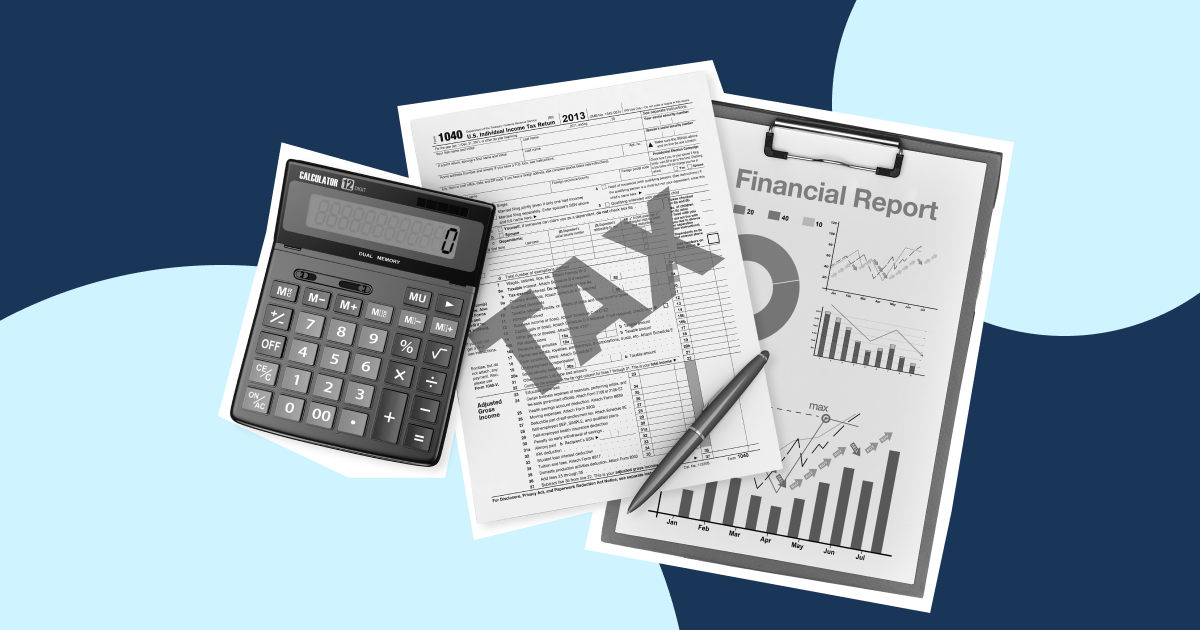Summary
Imagine unlocking the secret to good financial health. That secret lies in a concept known as the 'debt ratio' – a financial metric that provides acute insight into any corporation's financial well-being. Yet, what exactly is it, and why is it so vital?
This article serves as your roadmap to comprehending the debt ratio. We'll explore its definition, significance, and the different types. Plus, we'll provide a step-by-step guide on how to calculate it.
What is Debt Ratio?
The debt ratio is a metric that quantifies the proportion of a company's total liabilities against its total assets. Simply put, it shows the percentage of a company's assets financed by debt. This measure is significant for both lenders and investors, as it gives them insight into a firm's overall fiscal strength and its ability to meet its financial obligations.
The debt ratio is expressed either as a decimal or a percentage. For instance, a 0.5 or 50% debt ratio means that half of a company's assets are financed by debt. On the other hand, a debt ratio of 1.0 or 100% suggests that all a company's assets are funded by debt.
Why is the Debt Ratio Important?
The debt ratio is a crucial gauge of a company's financial health. It is important for various stakeholders, including investors, creditors, and the company's management.
From an investor's perspective, the debt ratio can help evaluate the risk of investing in a company. A high debt ratio might indicate that a company is heavily financed by debt, which increases the risk of bankruptcy, especially if it cannot meet its debt obligations. On the other hand, a lower debt ratio suggests a more financially stable company, which might be a safer investment.
From a creditor's standpoint, the debt ratio is an invaluable indicator of a company's ability to repay its debts. Creditors prefer companies with lower debt ratios as they are less risky and more likely to meet their financial obligations. Similarly, a company's management also watches the debt ratio closely, as it gives them an idea about the company's leverage and risk profile.
What Can the Debt Ratio Tell You?
The debt ratio can give you a glimpse into a company's financial health. It can indicate how a company is financing its operations and how much risk it is taking on in the process.
A high debt ratio shows that a company relies heavily on debt to finance its assets. This might not necessarily be bad, especially if the company can generate high returns on its investments. However, it also implies a high financial risk, as the company might struggle to meet its debt obligations if its earnings fall.
Conversely, a low debt ratio indicates that a company is primarily funded by equity rather than debt. While this suggests a lower level of financial risk, it also means that the company might not be taking full advantage of the potential benefits of leverage.
Types of Debt Ratios
There are several types of debt ratios, each providing different insights into a company's financial health. Let's look at three of the most common ones: the debt-to-assets ratio, the debt-to-equity ratio, and the debt-to-capital ratio.
Debt-to-assets ratio
The debt-to-assets ratio is a metric that quantifies a company's total debts in relation to its total assets. It shows the proportion of a company's assets that are financed by debt. A high debt-to-assets ratio suggests that a company is heavily leveraged, which might increase the risk of financial distress or bankruptcy.
Debt-to-equity ratio
The debt-to-equity ratio compares a company's total liabilities to its shareholders' equity. It indicates the relative proportions of debt and equity used to finance a company's assets. A high debt-to-equity ratio implies that a company is aggressively using debt to finance its growth, which might increase the risk of financial instability.
Debt-to-capital ratio
The debt-to-capital ratio measures a company's financial leverage. It compares a company's total debt to its total capital, which is the sum of debt and equity. A high debt-to-capital ratio signifies a company with high leverage, which might be riskier for investors and creditors.
How to Calculate the Debt Ratio?
Calculating the debt ratio is relatively straightforward. You'll need two pieces of information: total liabilities and total assets. These two figures are readily available on a company's balance sheet.
Total liabilities
Total liabilities refer to all the money a company owes to its creditors. This covers both current liabilities, such as accounts payable and accrued expenses, and long-term loans, such as bonds payable and long-term loans.
Total assets
Total assets are all the resources owned by a company. This includes cash and accounts receivable, non-current assets, such as property, plant, and equipment, and intangible assets.
Formula
Once you have the total liabilities and total assets, you can calculate the debt ratio using the following formula:

The outcome will be in decimal form, which you can convert to a percentage by multiplying by 100.
Examples of Using the Debt Ratio
Let's look at an example to illustrate how the debt ratio works. Suppose Company A has total liabilities of $500,000 and assets of $1,000,000. Using the debt ratio formula, we get:
Debt Ratio = $500,000 / $1,000,000 = 0.5 or 50%
This means that 50% of Company A's assets are financed by debt. If the company's earnings fall or interest rates rise, it might face difficulties meeting its debt obligations.
On the other hand, suppose Company B has total liabilities of $200,000 and total assets of $1,000,000. The debt ratio for Company B is:
Debt Ratio = $200,000 / $1,000,000 = 0.2 or 20%
Company B has a lower debt ratio, indicating a more conservative financial structure with less risk.
Analyzing the Debt Ratio
Analyzing the debt ratio involves understanding what different debt ratio values signify and how they can impact a company's financial health.
What is considered a good Debt Ratio?
There's no definitive answer to what is considered a "good" debt ratio, as it can vary depending on the industry and the company's circumstances. But, in general, a debt ratio of less than 0.5 or 50% is considered good. This suggests that a company has more assets than liabilities and is not overly reliant on debt for financing.
What does a Debt Ratio > 1 suggest?
A debt ratio greater than 1 suggests that a company has more liabilities than assets. This is a sign of high financial risk, as the company is heavily financed by debt. It might face difficulties meeting its debt obligations, especially in times of financial distress.
What does a Debt Ratio < 1 suggest?
A debt ratio of less than 1 indicates that a company has more assets than liabilities. This is a sign of financial stability, as the company is not overly reliant on debt for financing. However, it might also suggest that the company is not taking full advantage of the potential benefits of leverage.
Key Differences
Understanding the debt ratio also involves distinguishing it from other financial ratios. Here, we'll compare the debt ratio with the times interest earned ratio, the solvency ratio, and other ratios.
Debt Ratio vs. Times Interest Earned
The debt and the times interest earned ratios both measure a company's financial risk. However, while the debt ratio focuses on the proportion of debt in a company's capital structure, the times interest earned ratio measures how efficiently a company pays off its interest obligations from its operating income.
Debt Ratio vs. Solvency Ratio
Both the debt and solvency ratios are measures used to evaluate a company's capability to fulfill its long-term financial commitments. However, the solvency ratio considers both a company's debt and equity, providing a more holistic perspective of a company's financial health.
Debt Ratio vs. Other Ratios
The debt ratio is also different from other financial ratios like the quick ratio, the current ratio, and the cash ratio. These ratios measure a company's short-term liquidity or ability to meet its short-term obligations rather than long-term financial stability.
Limitations of Using the Debt Ratio
Like any financial ratio, the debt ratio has its limitations. It doesn't take into account a company's profitability, its cash flow, or the quality of its assets. It also doesn't consider the nature of a company's liabilities, whether they are interest-bearing or not, or their maturity.
Moreover, the debt ratio doesn't provide a complete picture of a company's financial health. It should be used in conjunction with other financial ratios and indicators to make a comprehensive assessment of a company's financial position.
Let Us Help You with Your Payments
At Aspire, we provide a multi-currency business account that effortlessly adapts to your specific business requirements.
- You can open your global business account remotely
- Register from any location, entirely online and without any hassle.
- Economical and speedy globally automated payables
- Benefit from cost-effective international transactions
Sign up today and enjoy seamless account management for your business needs.










%201.webp)


.webp)